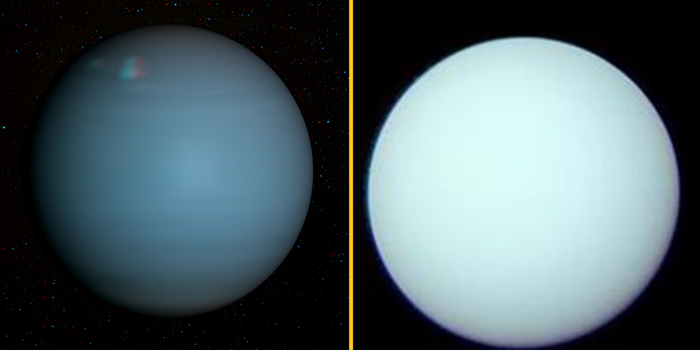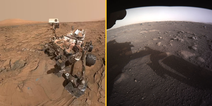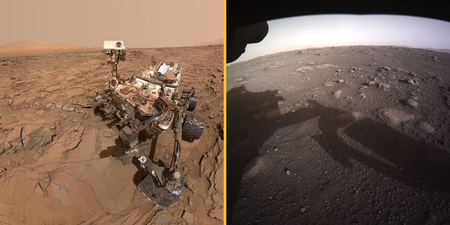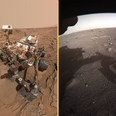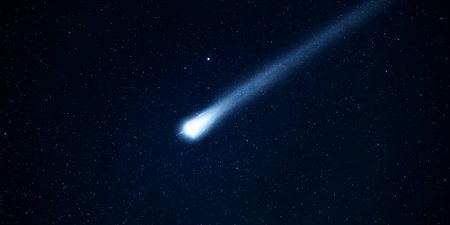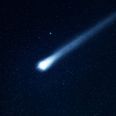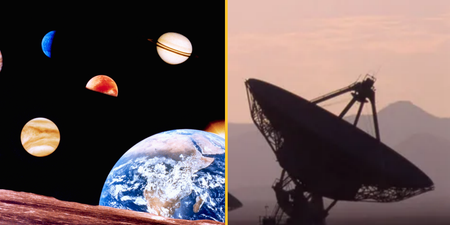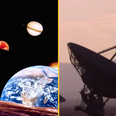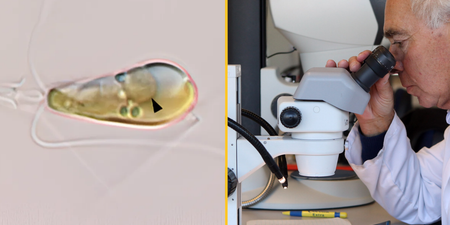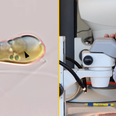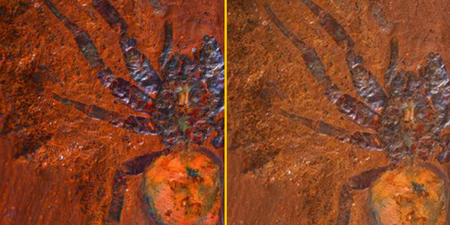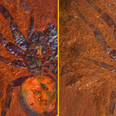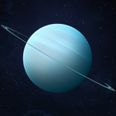These are some of the best ever pictures of Uranus
Scientists have released some of incredible new pictures of Uranus after studying it hard.
They’ve concluded that Uranus is actually a different colour to what was previously thought, and it significantly affected by gasses, particularly methane.
Professor Patrick Irwin and his team from Oxford University have been studying the planet, and are now able to produce some of the best quality images of Uranus that we’ve ever seen.
It turns out that images of Uranus taken by the Voyager probe weren’t giving a truly accurate depiction of it.
The difference was much more stark for Neptune, which had been depicted as “artificially too blue.”
Professor Irwin said: “Although the familiar Voyager 2 images of Uranus were published in a form closer to ‘true’ colour, those of Neptune were, in fact, stretched and enhanced, and therefore made artificially too blue.
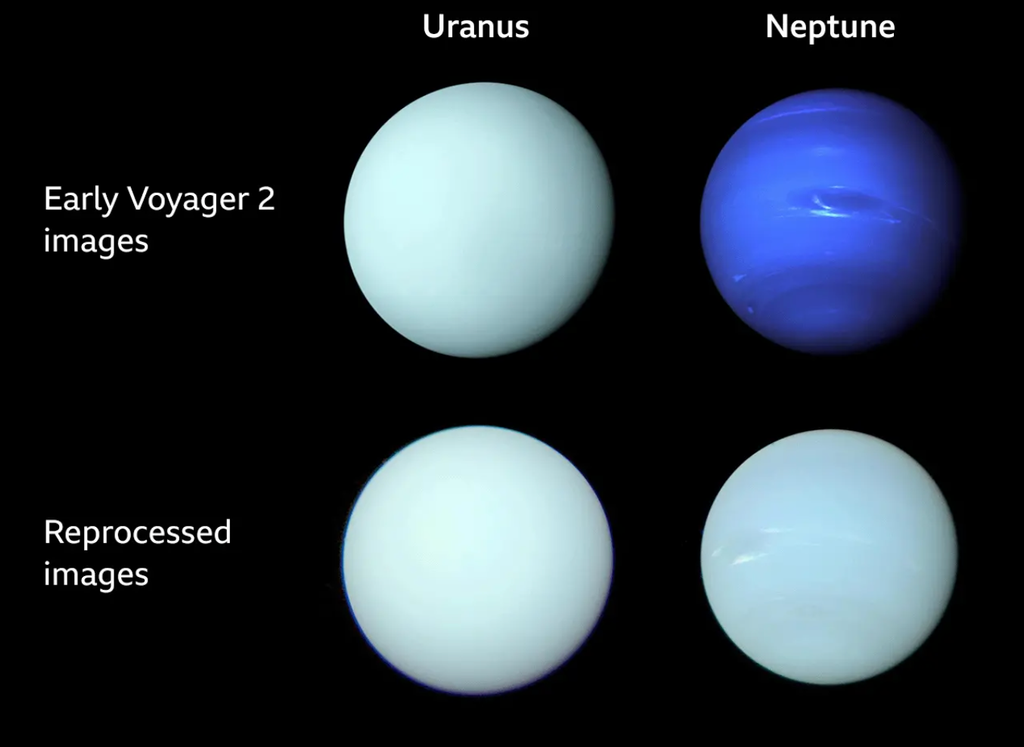
“Even though the artificially-saturated colour was known at the time amongst planetary scientists – and the images were released with captions explaining it – that distinction had become lost over time.
“Applying our model to the original data, we have been able to reconstitute the most accurate representation yet of the colour of both Neptune and Uranus.”
Images of Neptune had been altered so that the clouds, bands and winds on the planet could be better seen.
But new data from the Hubble Space Telescope and the European Southern Observatory’s Very Large Telescope meant the team could re-balance the composite colour images sent back from space.
This allowed them to create more accurate images of Uranus and Neptune.
The data also led the researchers to deduce why Uranus changes colour during its 84-year journey round the Sun.
Apparently, its to do with the amount of methane at the planet’s poles. Uranus spins on its side, which means its north pole faces the Sun for half the year, and its south pole faces the Sun the other half.
It’s generally agreed that this is thanks to something smashing into Uranus, knocking it onto its side.
So, at certain periods of its orbit, the layer of methane ice crystals on Uranus grows thicker. This absorbs more red light, and make the planet appear more green.
“This is the first study to match a quantitative model to imaging data to explain why the colour of Uranus changes during its orbit,” said Professor Irwin.
“In this way, we have demonstrated that Uranus is greener at the solstice due to the polar regions having reduced methane abundance but also an increased thickness of brightly scattering methane ice particles.”
Related links:
Devastating process will occur when Saturn loses its rings
